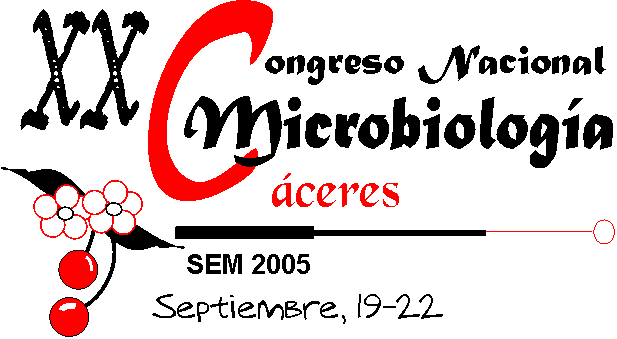
Mesa Redonda: Microbiología del Medio Acuático
Population genetics of Legionella pneumophila in natural environments
António Veríssimo1 and Milton S. da Costa2
1Departamento de Zoologia, 2Departamento de Bioquímica and Centro de Neurociências e Biologia Celular, Universidade de Coimbra, 3004-517, Coimbra, Portugal.
Understandably the vast majority of the studies on the distribution of legionellae have been performed in man-made aquatic environments, since they are generally implicated in human disease. Legionella species, primarily Legionella pneumophila, have been frequently sought in air-conditioning cooling towers, potable water distribution systems and associated fixtures where they are found in high numbers. However, the colonization of surface water and other natural environments, such as groundwater, hydrothermal areas, thermally altered lakes and streams by Legionella spp. has been poorly investigated. Correspondingly, the genetic population structure of L. pneumophila has been studied primarily with isolates related to man-made environments and clinical strains. We used approximately 160 L. pneumophila isolates, recovered primarily from natural environments, to infer the genetic organization of L. pneumophila populations by sequence analysis of a housekeeping gene (rpoB) and a virulence-related gene (dotA). The large number of strains, their diverse origin, together with the inclusion of reference strains of L. pneumophila allowed us to expand our view of the population genetic structure of this species. The analysis of dotA sequences shows exchange events like homologous recombination and lateral gene transfer which may be related to pathogenicity and to foresee the dispersal of distinct alleles in the population and associated environments. Finally we also can depict the molecular evolution of the dotA gene in L. pneumophila.